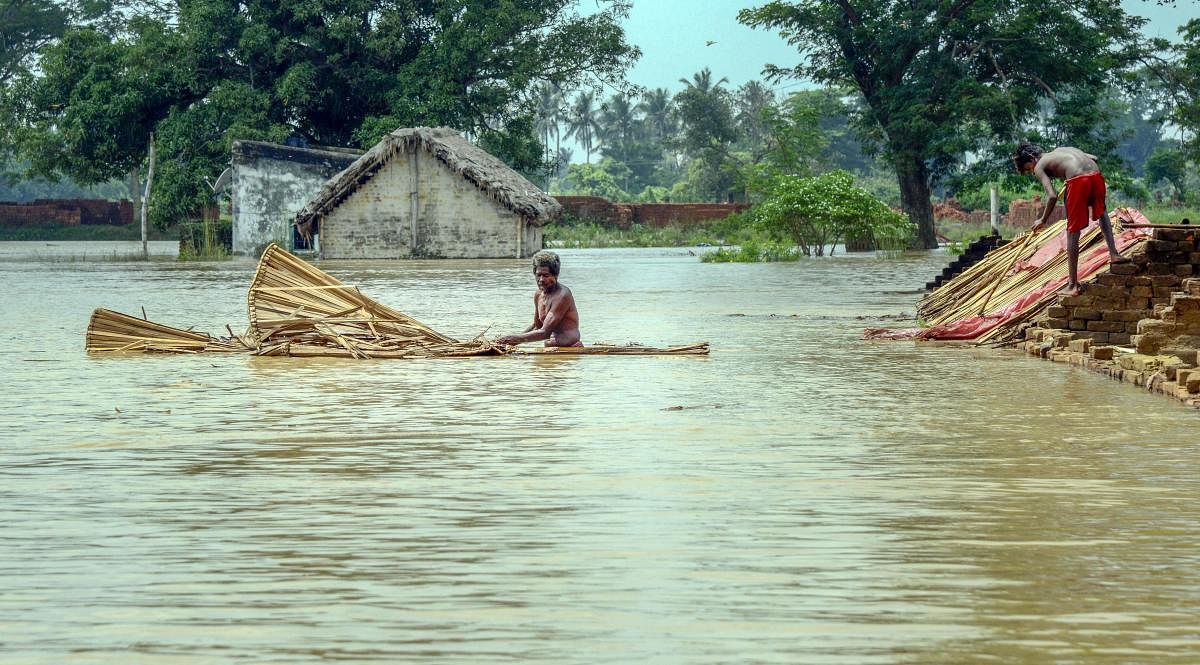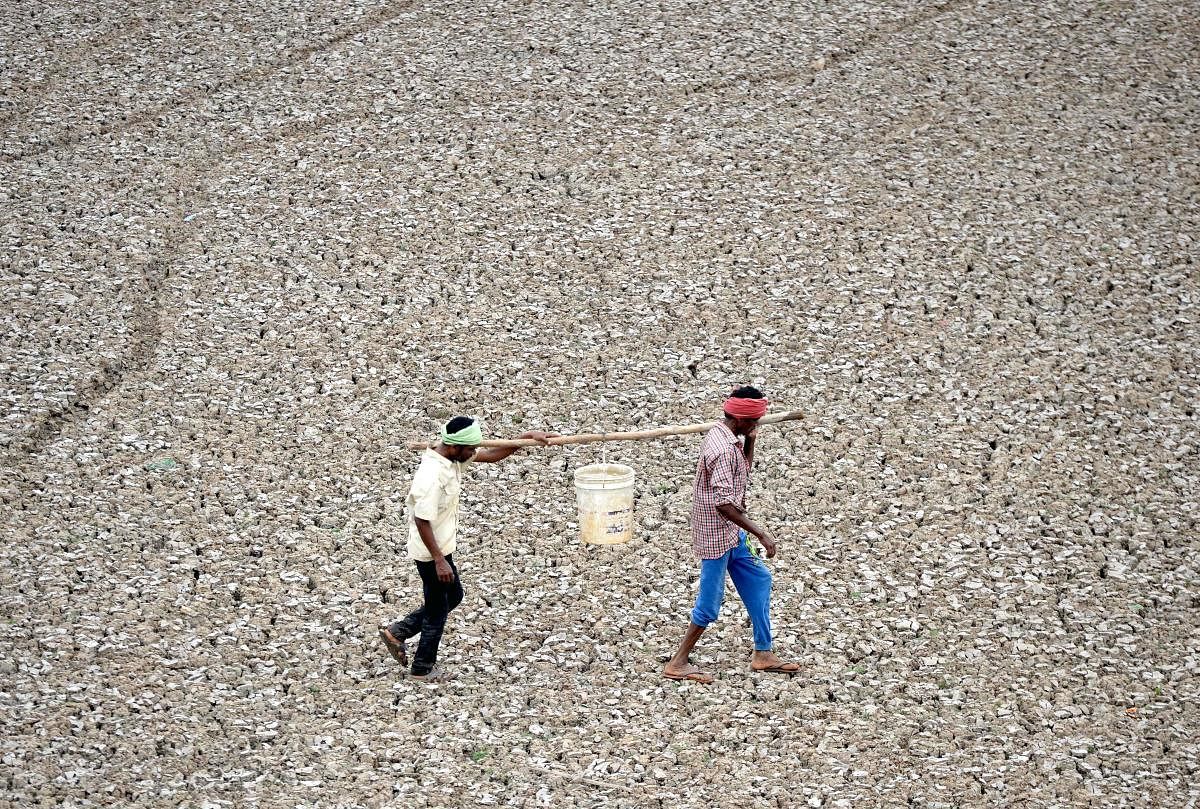
The Union Budget 2021-22 is clearly a plan to bolster the nation’s financial stability that has been down in the doldrums due to the pandemic. But, can the recovery plan, announced on the heels of India being ranked seventh on the Global Climate Risk Index 2021, lead to a resilient and regenerative economy?
The Government of India, through increased capital expenditure to create new assets — infrastructure for agriculture and animal husbandry, health, power, transport, ports, waterways, and rural infrastructure — is in the right direction to realise the vision of Atmanirbharta. Additionally, outlays have been made for policies related to climate mitigation, such as complete electrification of broad gauge, clean cooking fuels, and hydrogen energy mission. But these well-intended measures may fall short of creating a holistic impact.
Environment takes a back seat
With India having lost 2,000 lives and $10 billion due to weather disasters in 2020 alone, one would have expected the Budget to internalise climate risks. However, budgetary allocation to the Environment Ministry has been slashed by Rs 230 crores, potentially slowing down green initiatives.
Significantly, investments in climate-resilient infrastructure are estimated to help save six dollars for every dollar invested — the cost set to double, if delayed by 10 years. It would also have been prudent to incentivise and promote nature-based solutions, with the potential to create jobs and business opportunities, while delivering climate adaptation benefits.
Climate adaptation overlooked
To double farmers’ income, the Budget promises to improve agriculture infrastructure, provide concessional credit boost to farmers, and carry out agricultural marketing reforms. However, it ignores a significant section (60%) of this population, which depends on rain-fed agriculture — where productivity and income are dependent on the vagaries of rainfall. Outlays for improving climate information services, and the resilience of land through on-farm and community level interventions could have made a meaningful difference to this segment.
Another section at the receiving end of climate change is the 250 million-strong coastal population. This group too has been given the cold shoulder. Countries such as UK, France, Spain and Florida in USA have adopted various tools to manage risks of coastal hazards through insurance. India could have used this Budget to be one of the first emerging economies with a dedicated coastal insurance, encompassing homes, lives, and infrastructure. That opportunity has been missed.
Last month, during his address to the Climate Adaptation Summit, Prime Minister Narendra Modi had said, “Climate adaptation is more significant today than ever before, and, it is a key element of India’s developmental efforts.” The current Budget, however, leaves a lot to be desired with respect to climate adaptation.
With the consensus growing on acknowledging climate change risks as a threat to India’s economic development goals, it is time for mainstreaming climate priorities in the annual budgeting and planning process. A climate-friendly green recovery budget could have attracted green investments and international financing. This could have ensured that India is ready to meet the expectations in 2023 during her G-20 presidency and the first global stocktaking of the Paris Agreement.
(The authors work in the area of Climate, Environment and Sustainability at the Center for Study of Science, Technology and Policy, Bengaluru)
